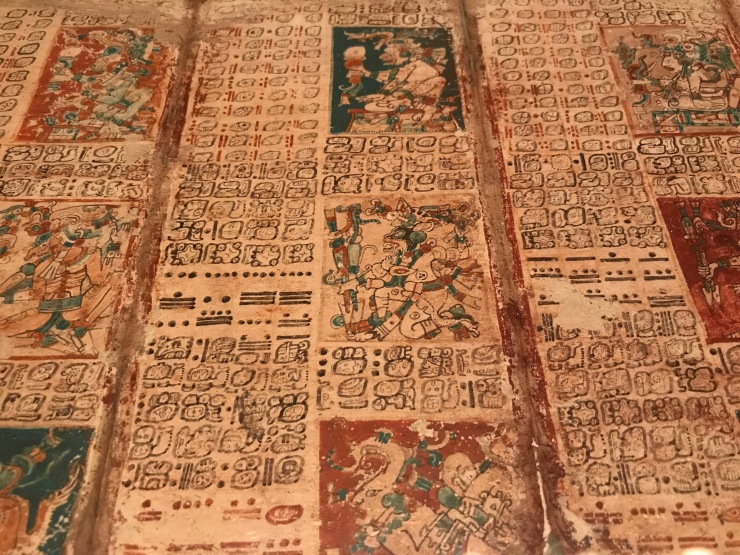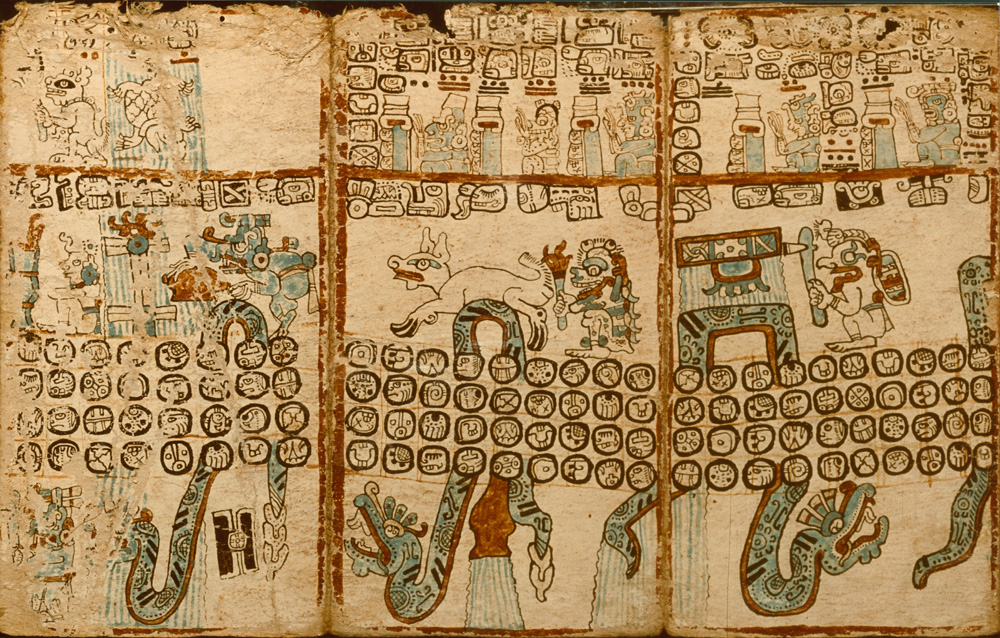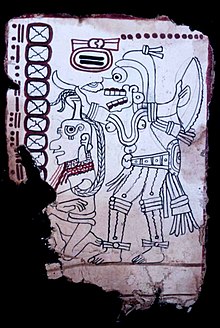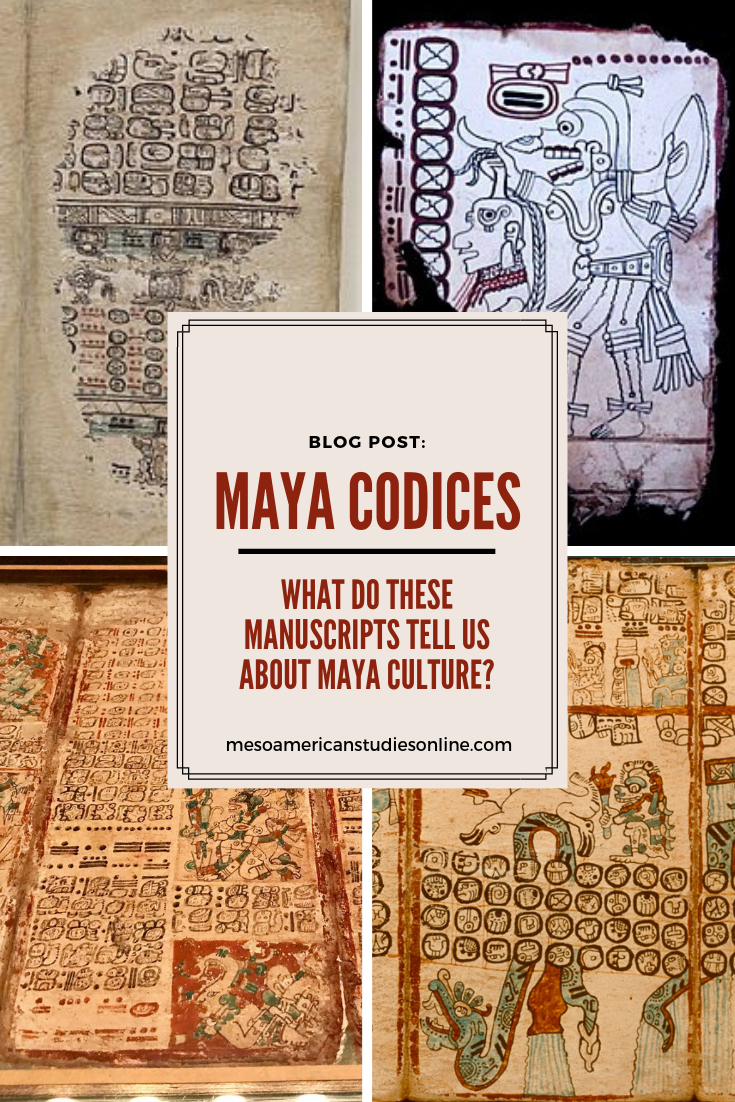A longstanding tradition in Mesoamerica was the creation and use of manuscripts to mark important agricultural seasons, astronomical movements and accomplishments of rulers.
In the Maya area, books were represented frequently and in important places, from stone monuments to painted ceramic vessels to murals. Unfortunately, the Spaniards that arrived to the Yucatan peninsula in the early 1500s sought to weaken and destroy Maya culture by targeting their written documents. Under the direction of Diego de Landa, a Spanish priest, they burned every Maya codex they could find, leaving us with unanswerable questions regarding what stories would have been told in those pages.
But, as it turns out, they didn’t get every codex.
Today there are four known manuscripts, both whole and in fragments, that have been recovered and confirmed to be of Maya origin. These are the Dresden Codex, the Madrid Codex, the Paris Codex, and the Maya Codex of Mexico.
Following is a summary of each of the four known Maya codices, with links to a full blog post with more detailed information on each codex:
The Dresden Codex
Summary
Subject matter: Rituals and almanacs, Venus cycles and eclipses
Date of creation: 1100 – 1300 AD, Yucatan Peninsula
Current location: Sächsische Landesbibliothek (SLUB) state library, Dresden, Germany.
What it teaches us about Maya culture: The Maya carefully followed the movement of the planets and the moon, and used mathematical formulas to predict the movement of these celestial bodies. Many of the Maya “deities” might actually be representations of the moon and planets.

The Madrid Codex (also known as the Tro-Cortesianus Codex)
Summary
Subject matter: Agricultural seasons and deities
Date of creation: 1250 – 1450 AD, Yucatan Peninsula
Current location: Museo de las Américas, Madrid, Spain (original not on display, but a facsimile is on display in the museum for the public to view)
What it teaches us about Maya culture: Not only did the Maya track the movement of the stars, they kept a careful record of the seasons and knew exactly when each one started. This was essential for a successful agricultural season, which the entire society depended upon.

The Paris Codex
Summary
Subject matter: Rituals associated with period endings (k’atuns), patron deities and animals associated with astronomical signs found along the ecliptic
Date of creation: 1250 – 1450 AD (although Bruce Love has suggested a date as early as 1185 AD), Yucatan Peninsula
Current location: Bibliothèque Nationale, Paris, France
What it teaches us about Maya culture: Although ideas of a Maya “zodiac” have been exaggerated, the Paris Codex does show that a few important animals were associated with stations of the Sun, and that people were believed to have certain personality traits based on the day in which they were born.

The Maya Codex of Mexico (also known as the Grolier Codex)
Summary
Subject matter: Venus calendar
Date of creation: 1021 – 1154 AD (the oldest surviving Maya codex), Chiapas highlands
Current location: Museo Nacional de Antropología, Mexico City, Mexico (not on display)
What it teaches us about Maya culture: Maya scribes were creating codices away from the northern lowlands. These scribes also knew about the Venus cycles, and in this case, they included more information on the different stations of Venus than any other codex in the Maya group.

Click on the link next to each summary to read more about the four known Maya codices.


1 thought on “The Four Maya Codices”
Comments are closed.